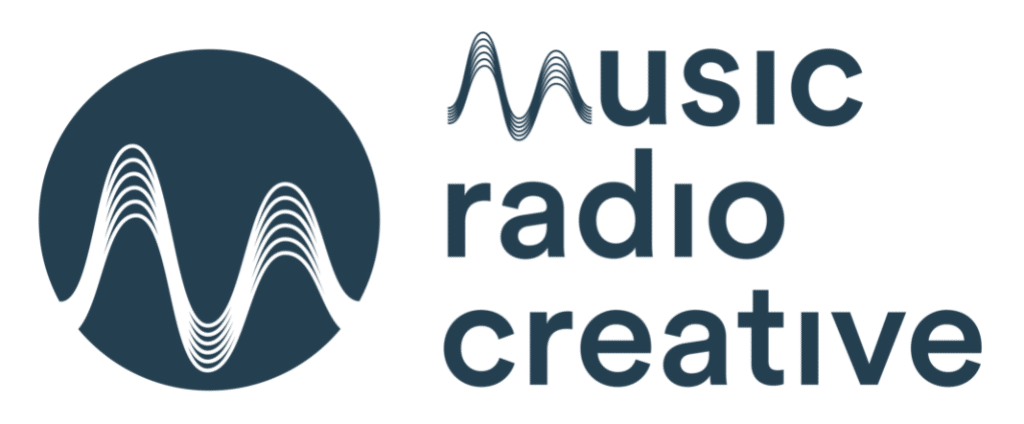Key Takeaways
- Audio production is essential across platforms – podcasts, YouTube, radio, and social media.
- Clean recording is everything – poor source audio can’t be fixed later.
- The process is layered – pre-production, recording, editing, arranging, mixing, mastering, and post-production all play crucial roles.
- Good sound = credibility – professional audio builds trust and keeps audiences engaged.
- Trends are shaping the future – home studios, remote work, AI, and platform-specific approaches are transforming the industry.
Have you ever wondered what makes a podcast instantly engaging, a YouTube video sound professional, or a radio show keep you hooked? The answer lies in audio production.
Audio production is the backbone of modern media – whether it’s a podcast intro that sets the tone, a TikTok clip that stands out on a crowded feed, or a chart-topping anthem polished for streaming. It’s where creativity meets technical precision to make sound clearer, fuller, and more emotionally impactful.
At Music Radio Creative, we’ve seen firsthand how professional audio production can transform raw recordings into content that resonates across platforms – from podcasts to radio imaging.
What Is Audio Production?
At its core, audio production is the process of capturing, manipulating, and refining sound to produce high-quality recordings.
It’s more than just pressing record – it’s about shaping an experience. Great audio can:
- Hold listeners’ attention in a podcast intro.
- Make YouTube content feel professional and polished.
- Help social media clips cut through the noise.
- Keep radio audiences engaged through music, jingles, and talk segments.
Unlike music production, which focuses on songwriting and composition, audio production is the technical and creative process of making any sound clear, consistent and compelling.
Why Audio Production Still Matters in Today’s Media Landscape
1. Clarity and Quality
Listeners are less forgiving than ever. On podcasts, muffled audio makes people stop listening. On YouTube, bad sound drives viewers away even if visuals are great. High-quality audio ensures you’re heard clearly.
2. Emotional Connection
Sound sets the mood. A carefully chosen soundtrack in a YouTube vlog, the reverb in a radio jingle, or subtle background effects in a podcast can completely shift the listener’s emotions.
3. Professionalism
In a crowded digital world, polished audio makes you stand out. Whether you’re uploading to Spotify, TikTok, or FM radio, professional sound elevates your brand and builds trust with audiences.
4. Efficiency
Good audio capture reduces editing time. Instead of fixing issues later, producers focus on creativity — arranging, mixing, and adding special touches.
The Audio Production Process
Audio production is a step-by-step craft. Each stage contributes to the final result – whether that’s a podcast episode, a YouTube video, or a radio ad. Our very own Mike Russell created thousands of tutorials showcasing audio production processes on his YouTube channel. A video like this below shows the entire process described below:
1. Pre-production
This is where the groundwork happens. For podcasts, it means writing scripts, planning interviews, and deciding on tone. For YouTube, it’s outlining scenes and sourcing music. Radio producers schedule shows, select jingles, and prep content flow.
Why it matters: Planning saves headaches later and ensures consistency across episodes or campaigns.
2. Recording / Tracking
Recording is about capturing the cleanest, richest sound possible. Podcasters use cardioid microphones in treated rooms. YouTubers often rely on shotgun mics or wireless lavs. Radio uses high-end broadcast equipment. The equipment you choose is important.
Why it matters: The cleaner the source audio, the better the mix.
3. Audio Editing
Editing audio is what shapes raw sound into a listenable format. This can mean removing “ums” in podcasts, syncing audio with video for YouTube, or tightening ad spots for radio.
Why it matters: Editing eliminates distractions and keeps audiences engaged.
4. Arranging
Arranging is about structure. Podcasts use intro/outro music, segment breaks, and transitions. YouTube creators time sound effects to visuals. Radio DJs blend songs seamlessly with voiceovers.
Why it matters: A strong arrangement guides the listener’s journey.
5. Mixing
Mixing is the art of balance. Producers adjust levels so voices, music, and effects all sit comfortably together. They use EQ to carve out frequencies, compression to smooth dynamics, and reverb for space.
Why it matters: Mixing gives your content depth, polish, and clarity.
6. Mastering
Mastering ensures your final product is ready for the real world — from Spotify playlists to FM broadcasts. Loudness levels are standardized, and tonal balance is adjusted for playback on headphones, car radios, or mobile devices.
Why it matters: Without mastering, your audio may sound quiet or inconsistent compared to competitors.
7. Post-production (for video & broadcast)
Here’s where extras come in – Foley (real-world sound effects), ADR (re-recording dialogue), and immersive sound design. For YouTubers, it’s swooshes, whooshes, and comedic timing effects. For radio, it’s branding with jingles.
Why it matters: These finishing touches add personality and professional flair.
Tools For Audio Production
- DAWs (Digital Audio Workstations): Adobe Audition for professionals, Audacity for beginners, Ableton for electronic music, Logic Pro for creatives.
- Microphones: USB for entry-level podcasters, XLR condenser/dynamic mics for professionals.
- Audio Interfaces: Essential for clean digital recording.
- Monitoring Gear: Studio monitors and high-quality headphones reveal flaws consumer earbuds might miss.
- Plugins: EQs, compressors, reverbs, and mastering suites expand creative possibilities.
Modern Trends in Audio Production
- Home Studios – Affordable gear means creators don’t need expensive studios to sound professional.
- Remote Collaboration – Cloud tools allow podcasters, musicians, and editors to collaborate worldwide. Our favourite shared here.
- AI Tools – From auto-mixing to noise removal, AI speeds up workflows. Some of them are completely free too!
- Platform-Specific Production – TikTok intros, YouTube audio branding, and podcast jingles all require unique sound strategies.
Frequently Asked Questions (FAQ) About Audio Production
What is the difference between audio production and music production?
Music production focuses on creating and arranging songs. Audio production is broader — covering recording, editing, mixing, and mastering for podcasts, film, radio, YouTube, and more.
Do I need expensive gear to start with audio production?
No. With an affordable USB mic, free DAWs like Audacity, and some basic editing skills, you can achieve professional results. As you grow, investing in better mics, interfaces, and plugins helps.
Why is audio production important for podcasts?
Listeners expect clear, engaging sound. A podcast with poor audio will quickly lose audience trust, no matter how good the content is.
Can bad audio be fixed in post-production?
Minor issues can be cleaned up, but poor recordings are hard to fully repair. Always aim for clean capture at the source.
What are the most important tools for beginners?
A decent microphone, headphones, and a simple DAW (like GarageBand or Audacity). From there, you can expand into interfaces, plugins, and studio monitors. You can also take an online course and learn the ropes step by step.
How is audio production different for YouTube vs radio?
ouTube audio focuses on syncing sound with visuals and grabbing attention quickly. Radio production emphasizes smooth transitions, balanced levels, and brand consistency with jingles and voiceovers.
Is AI replacing human audio producers?
Not at all. AI speeds up tasks like noise removal or mastering but can’t replace human creativity, judgment, and emotional decision-making in sound design.





